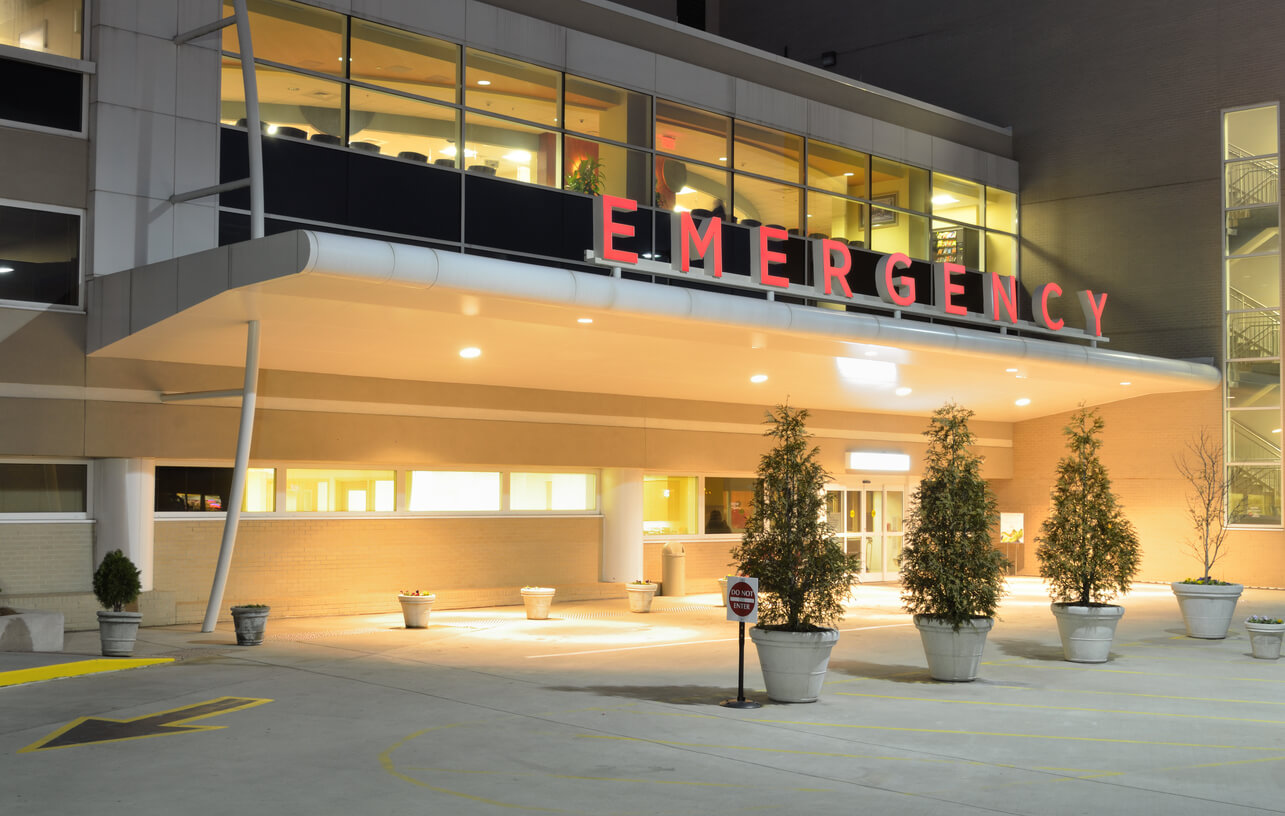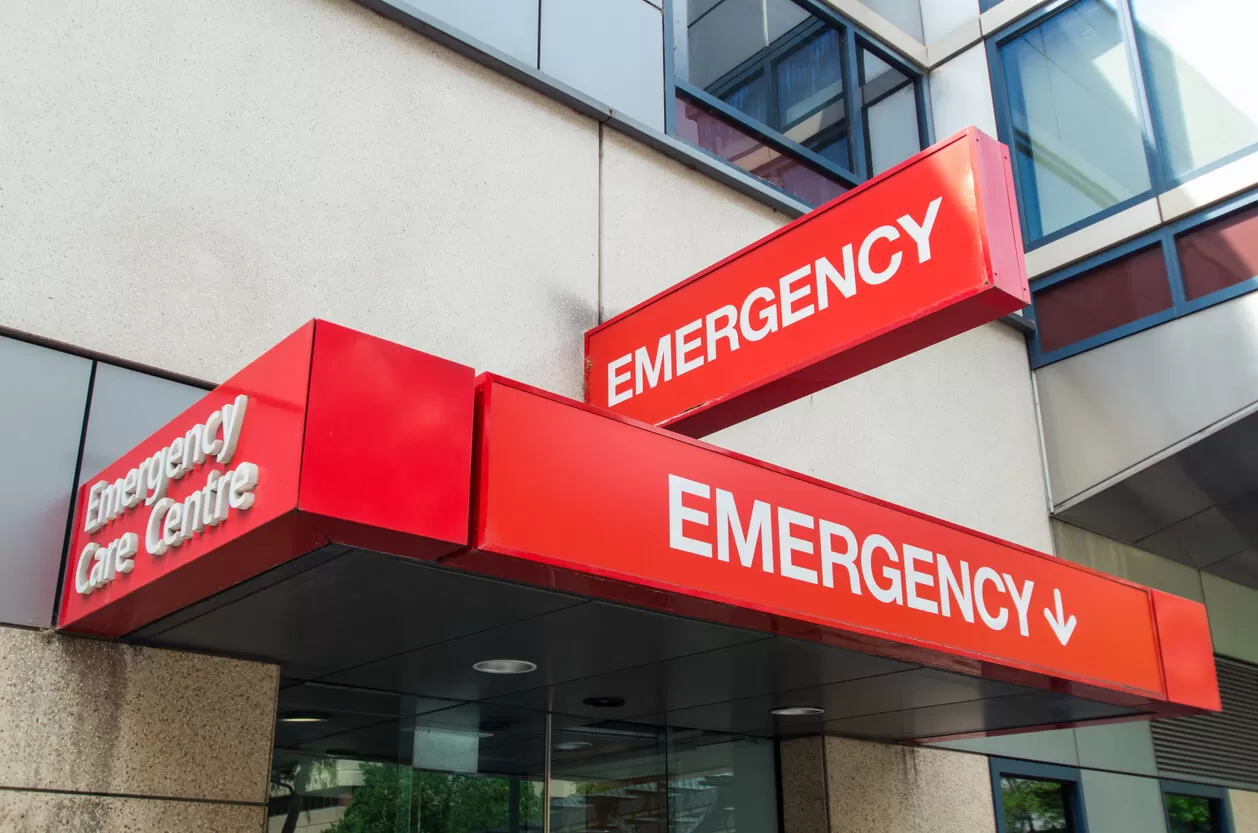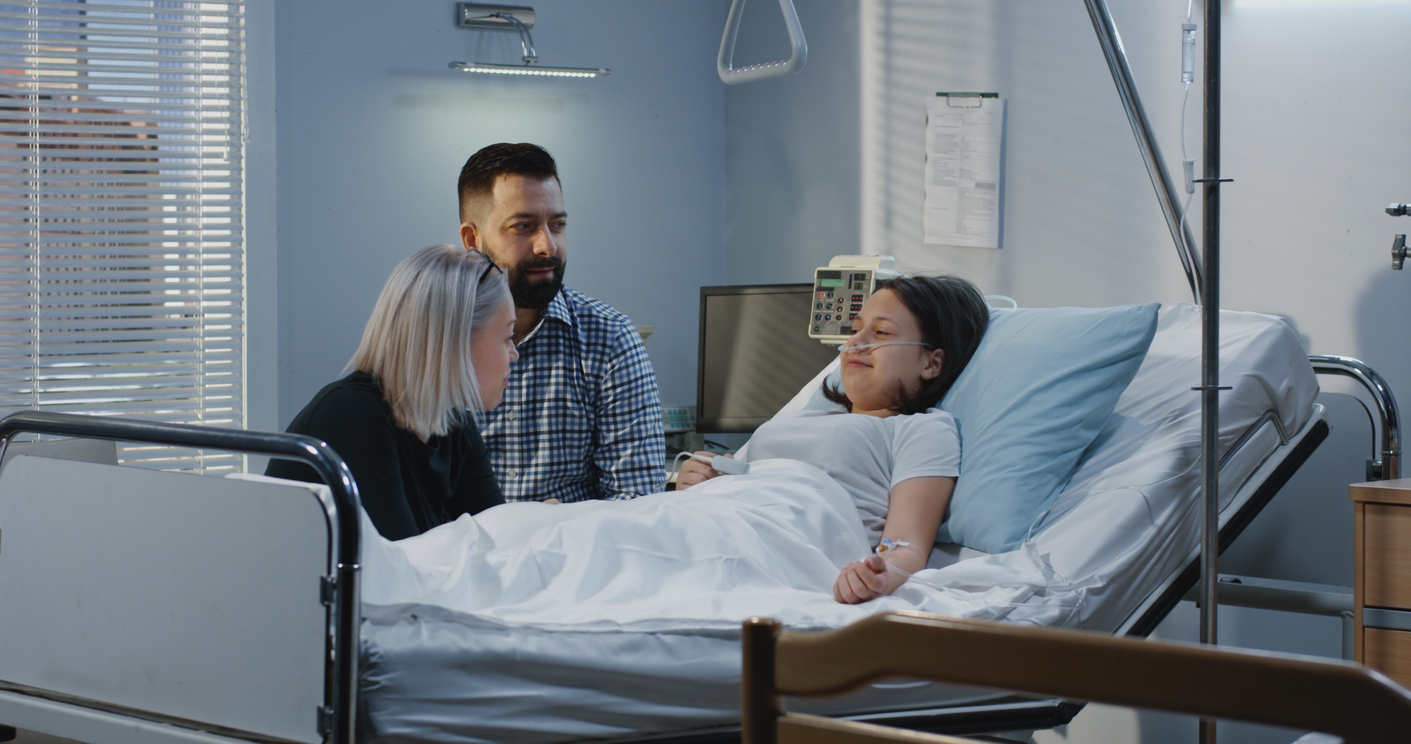When faced with a medical emergency, choosing between a hospital and an emergency room can be challenging but essential. Each serves distinct roles, and knowing these differences can significantly impact your health and safety. Hospitals offer comprehensive care, tackling complex and chronic conditions. On the other hand, emergency rooms provide rapid response for acute, life-threatening situations.
Understanding their functions helps you make quicker, informed decisions during emergencies. This article will help you choose the right place for care when you need it most. Find out how top facilities offer expert services, giving you the confidence to make decisions during urgent situations.
What Is a Hospital?
Hospitals are comprehensive healthcare institutions equipped with a wide array of medical services. They host specialized departments for surgeries, inpatient care, and long-term treatments, making them essential for thorough medical evaluations and complex health needs. Hospitals boast advanced technology and expert medical staff to address diverse health concerns under one roof.
When to Go to a Hospital?
Understanding when to visit a hospital is essential for accessing comprehensive medical care tailored to specific needs. Here are key scenarios when heading to a hospital is advisable:
- Scheduled Surgeries. Hospitals provide advanced surgical suites equipped for planned operations alongside comprehensive pre-and post-operative care that guarantees patients’ safety and recovery. This setup reduces risks and enhances successful outcomes.
- Chronic Illness Management. Conditions like diabetes, heart disease, and cancer require specialized care frameworks and consistent monitoring, usually by a primary care doctor or specialist. Hospital clinics, offering access to multidisciplinary teams, focus on effectively managing these complex conditions for improved patient outcomes.
- Specialized Consultations. Complex health issues often necessitate an expert evaluation involving multiple specialists. Hospitals facilitate this through collaborative care, allowing for comprehensive diagnostic insights, the device of advanced treatment plans, and the exploration of innovative therapies.
- Long-term Recovery. After major surgeries or serious health events like strokes, patients benefit from the extensive observation and rehabilitation resources available at hospitals. With skilled medical staff and dedicated rehabilitation departments, hospitals provide structured support for recovery, helping patients regain functionality and independence.
What Is an Emergency Room?
An emergency room operates 24/7 and provides immediate care for acute and severe medical conditions. Designed to address urgent needs, emergency rooms are equipped with advanced technologies like EKGs, CT scans, and certified labs, enabling rapid diagnosis and treatment. Services similar to those at prominent facilities like Reliant Emergency Room highlight the caliber of care expected.
Note that emergency rooms (ERs), also known as emergency departments (EDs), are essentially the same thing, as these terms are used interchangeably in medical settings. While ERs/EDs are part of hospitals, visiting an ER does not count as being hospitalized. Hospitalization only occurs when you’re admitted as an inpatient for ongoing care, typically after an ER evaluation determines you need extended treatment.
What Conditions Are Addressed in the Emergency Room?
Emergency rooms are designed to tackle urgent and critical medical situations requiring immediate care. Here are some of the common conditions treated effectively in this fast-paced environment:
- Chest Pain and Heart Attacks. Emergency rooms are equipped with advanced technology and skilled personnel to swiftly diagnose and manage heart-related emergencies, reducing risks and improving outcomes for patients experiencing these life-threatening issues.
- Respiratory Distress. Conditions causing shortness of breath and respiratory distress, such as severe asthma attacks or COPD exacerbations, require fast-acting interventions. Emergency rooms are adept at rapidly assessing and stabilizing patients with acute breathing difficulties.
- Fractures and Complex Lacerations. Emergency rooms handle a wide range of injuries, from simple fractures to complex lacerations, providing immediate care and performing necessary surgeries or procedures to address these urgent needs.
- Severe Infections. Serious bacterial infections like sepsis need prompt treatment. Emergency rooms quickly intervene to manage and treat infections effectively, minimizing complications and promoting recovery.
- Head Injuries and Concussions. Urgent evaluations and care for neurotrauma are standard in emergency rooms, where staff are trained to assess the severity of head injuries, provide necessary interventions, and guarantee patient safety.
- Loss of Consciousness. Emergency rooms are equipped to handle cases of sudden loss of consciousness, promptly determining underlying causes and providing necessary care to guarantee patient safety and recovery.
- Severe Allergic Reactions. Emergency rooms are prepared to provide immediate intervention for severe allergic reactions, including anaphylaxis, using life-saving treatments to manage symptoms and stabilize patients.
- Severe Bleeding. Emergency rooms are experienced in handling cases of severe bleeding, quickly providing necessary interventions to control blood loss and stabilize patients.
- Severe Abdominal Pain. Emergency rooms evaluate and manage severe abdominal pain, promptly identifying potential life-threatening causes such as appendicitis or internal bleeding and providing timely treatment.
These are just some of the conditions that emergency rooms are equipped to treat, underlining their critical role in providing immediate medical attention.
When Should I Go to the ER for Pain?
| Type of Pain | When to Go to the ER |
| Chest Pain | – Sharp, crushing, or squeezing sensation
– With shortness of breath or sweating |
| Severe Abdominal Pain | – Sudden and intense
– With fever or vomiting |
| Severe Headache | – Sudden onset (“thunderclap”)
– With confusion or neck stiffness |
| Back Pain | – With loss of bladder/bowel control
– With leg weakness/numbness |
| Joint Pain | – After a major injury
– With severe swelling/deformity |
Pain Scale Guide:
1-3: Mild (Primary Care)
4-6: Moderate (Urgent Care)
7-10: Severe (Emergency Room)
Disclaimer: Pain levels are subjective, and individual experiences vary. These guidelines are for general reference only. If you’re unsure about the severity of your pain or condition, seek immediate medical attention or call 911. Certain medical conditions may require emergency care regardless of pain level. Always consult healthcare professionals for medical advice.
Key Differences: Emergency Room vs Hospital
When deciding where to seek medical treatment, understanding the disparities between emergency rooms (ERs) and hospitals can significantly impact your choices:
Wait Times
Emergency rooms, such as Reliant Emergency Room, are designed to handle urgent cases promptly. They typically offer shorter wait times, allowing patients to receive care quickly. This contrasts with hospitals, where patients might experience longer waiting periods due to the complex processes involved in managing a wide range of medical needs.
Treatment Scope
Emergency departments address immediate, life-threatening conditions. They are equipped to provide rapid intervention for emergencies such as heart attacks, severe injuries, and respiratory distress. In contrast, hospitals provide a broader range of care that includes acute and chronic conditions, making them suitable for ongoing treatment and specialized procedures requiring longer-term hospitalization.
Staff Composition
Emergency rooms are staffed with experienced ER physicians who specialize in emergency medicine and offer focused care for urgent health issues. This differs from hospitals, which have a diverse team of medical professionals capable of treating a variety of medical conditions, ranging from routine health checks to complex surgeries.
By recognizing these distinctions, individuals can make informed choices based on the urgency and type of medical attention required, allowing them to visit the appropriate facility for their specific health needs.
Similarities Between Emergency Departments and Hospitals
Despite the differences between emergency rooms and hospitals, they share several essential qualities that contribute to effective healthcare delivery:
Professional Medical Care
Both emergency rooms and hospitals are staffed with highly qualified medical professionals who are dedicated to providing quality care. Whether dealing with an emergency or ongoing medical issues, the commitment to patient health and well-being remains a top priority in both settings.
Advanced Technologies
State-of-the-art equipment is utilized in emergency rooms and hospitals to deliver precise diagnostics and treatment. This advanced technology supports a wide range of medical procedures and enhances the capacity to provide effective medical interventions in various situations.
Integration of Services
Emergency rooms and hospitals can seamlessly integrate services to cater to a patient’s evolving healthcare needs. When necessary, patients can be smoothly transferred from the emergency room to a hospital setting for further treatment or specialized procedures, providing continuity of care throughout their healthcare journey.
Making the Right Choice for Your Health Needs
Making the right choice in a medical situation can be vital, and understanding the distinct purposes of emergency rooms and hospitals can aid in this decision. Consider the following factors to determine the best course of action:
Condition Severity
Emergency rooms are specifically designed to handle life-threatening and severe acute conditions. For incidents that require immediate and decisive action, such as chest pain, severe injuries, or difficulty breathing, prioritizing a visit to an emergency room like Reliant Emergency Room is essential.
On the other hand, urgent care clinics are suitable for treating less severe conditions that still need prompt attention like minor burns, providing a convenient option for medical issues that do not pose an immediate threat to life.
Available Treatments
Evaluate whether the situation calls for immediate intervention or sustained care. Emergency rooms focus on swiftly addressing urgent medical needs, while hospitals can provide longer-term care and manage chronic conditions.
On the other hand, urgent care centers offer a middle ground for non-life-threatening issues like sore throat that require prompt attention but are not severe enough to warrant a trip to the emergency room. Understanding your treatment needs can guide you to the appropriate facility.
Facility Accessibility
Assess the proximity and availability of emergency or hospital facilities to guarantee timely access to medical care. Quick access is important in emergencies, and knowing which facility is closer and readily accessible can make a significant difference in receiving prompt medical attention.
Who to Contact About Medical Care
|
Experience Prompt and Reliable Emergency Care With Us!
At Reliant Emergency Room, we understand how essential it is for you to make informed decisions about whether to visit a hospital or an emergency room. The choice you make can have a significant impact on your health outcomes. Knowing the specific roles and capabilities of these facilities is vital for your safety and well-being.
For situations that require immediate and urgent attention, consider choosing our facility at Reliant Emergency Room in Corpus Christi. We are equipped to provide swift action and expert care, making sure you receive the attention you need without delay. Our experienced team is ready to support you through any emergency with professionalism and expertise.
Your health is our priority, and when time is of the essence, trust that you are in capable hands.








